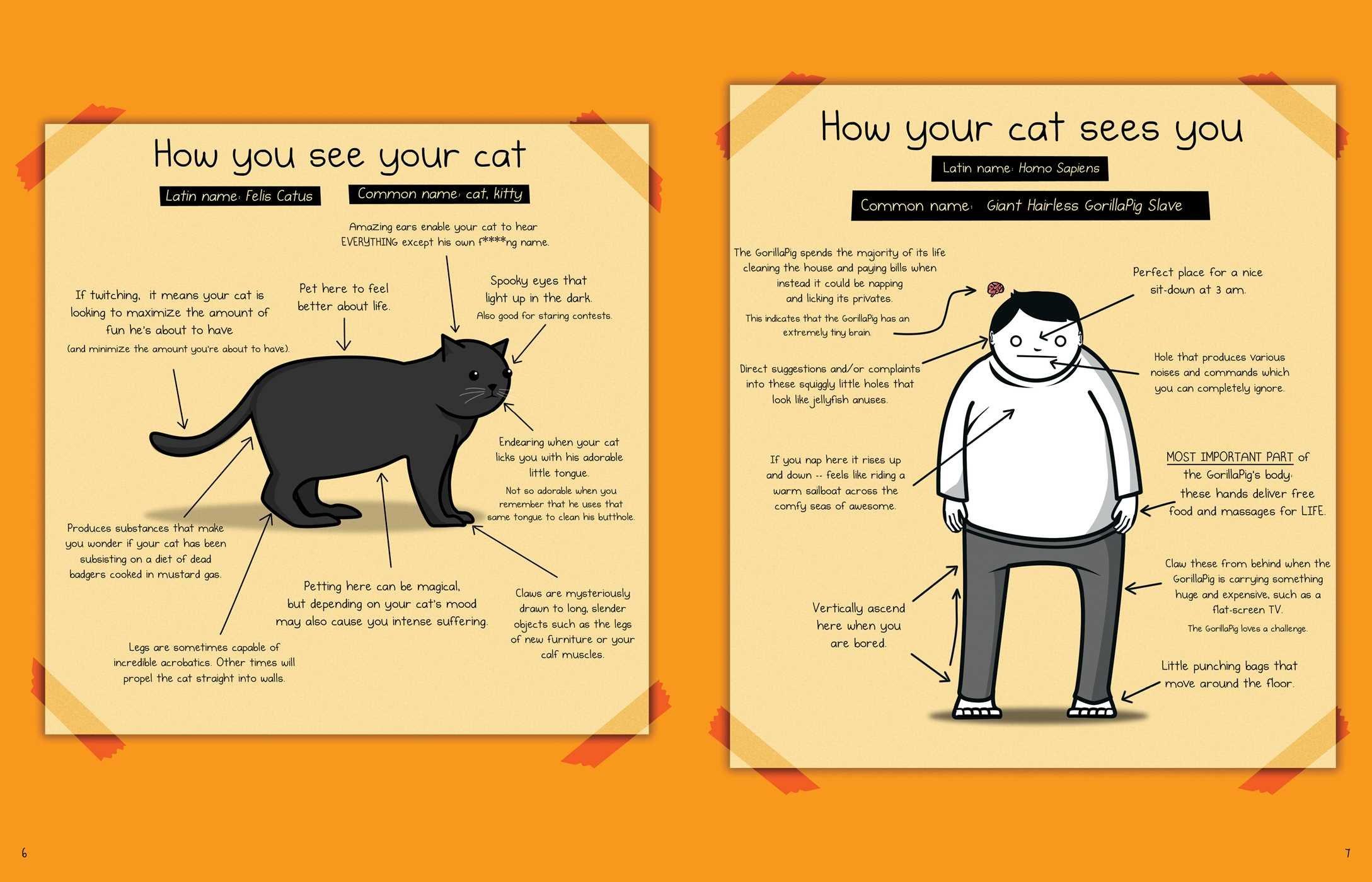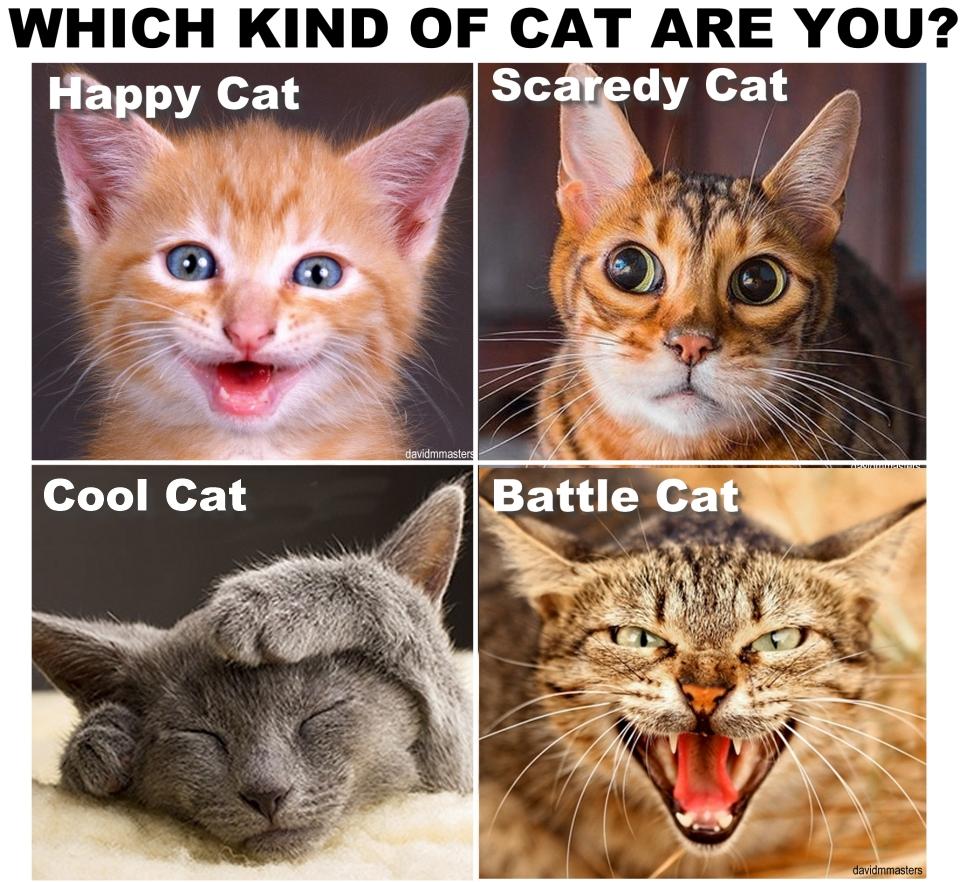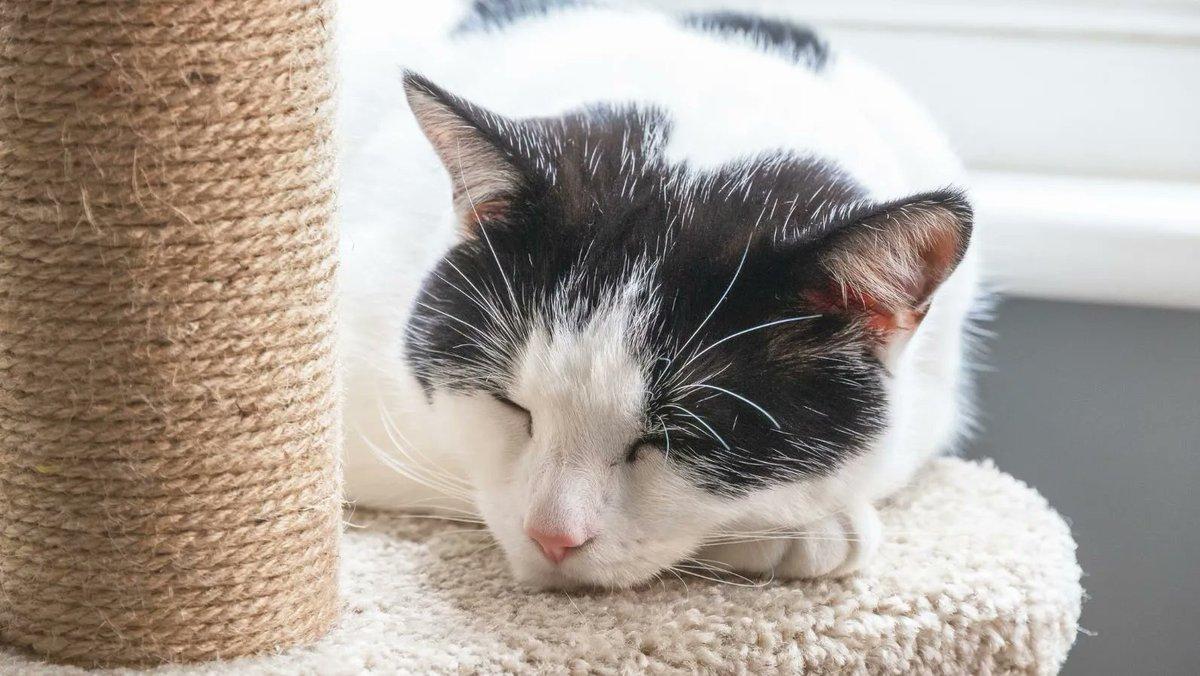We all enjoy spoiling our cats with treats and kibble, but if you’re going overboard it could lead to health issues in the future. Balancing feeding your furry friend with potential health hazards is no small feat – but it does need to be done.
Veterinarians have created the Body Condition Score (BCS), which allows you to measure your cat’s weight based on breed and frame. This system helps prevent unhealthy calorie intake and provides the best care for your furry friend.
Optimal Weight
When it comes to your cat’s ideal weight, the ideal amount depends on their breed, size and activity level. However, always strive to ensure they reach their ideal weight for optimal health benefits.
To determine if your cat is at an ideal weight, feel the ribs and spine for firmness. Make sure there are no fat deposits on these areas.
From above, you should be able to clearly see their tail bone and no hip line. They typically sport a shiny coat which they often groom as signs that they are contented and energetic.

Overweight cats may experience health complications like joint diseases, skin conditions and diabetes. Furthermore, their energy levels may decrease significantly and they may not be as playful as usual.
Underweight
If your cat isn’t eating enough, they could be underweight. This could be caused by a variety of issues like an alteration in their environment, anxiety or stress.
Nutritionally speaking, your cat could be suffering from Skinny Old Cat Syndrome (SOCS). This occurs when they consume a diet high in starches/carbohydrates but low in protein.

Your cat is an obligate carnivore and must consume animal protein in order to thrive. No matter if they’re eating raw meat, canned food or dry kibble, protein is essential for building muscle mass and staying healthy.
If your cat is underweight, try changing their diet. For instance, if they’re eating dry kibble and not getting enough calories from it, switch them over to wet food. You could also experiment with different flavors or toppers or changing the brand of their food to see if that helps them eat more frequently.
Overweight
Have you ever struggled to get your cat to jump up on furniture or perform basic functions due to their weight? Excess weight can lead to health conditions that reduce their lifespan and put them at greater risk for chronic illnesses.
Obesity in cats can be a serious health problem and often the root cause of other health issues such as insulin-resistant diabetes, arthritic conditions, and lameness.

Thankfully, you can help your cat shed pounds to enhance their quality of life and give them more energy. However, before making any changes to their diet or lifestyle, make sure you consult with your veterinarian first.
Obese
Obesity in cats is one of the biggest health threats facing these furry friends. Not only does this condition increase their likelihood for developing serious illnesses, but also shortens their life expectancies.
The ideal weight range for cats varies based on their age and breed. Therefore, a professional veterinarian must perform a physical exam to determine whether your feline friend is overweight or underweight.
Your vet will use both visual assessments and feel to assess your cat’s body condition. This includes performing a rib check, in which they run both hands along each side of the rib cage to assess condition.
If your cat is overweight, its ribs may be hard to discern beneath a layer of fat; its spine and hip bones will likely also be covered by fat pads; its belly may appear distended with no discernible waistline.
Overweight or obese cats have an increased risk for diabetes, high blood pressure and liver diseases such as hepatic lipidosis. If your cat has been diagnosed with obesity, they will need a special diet and exercise plan to shed pounds safely.
